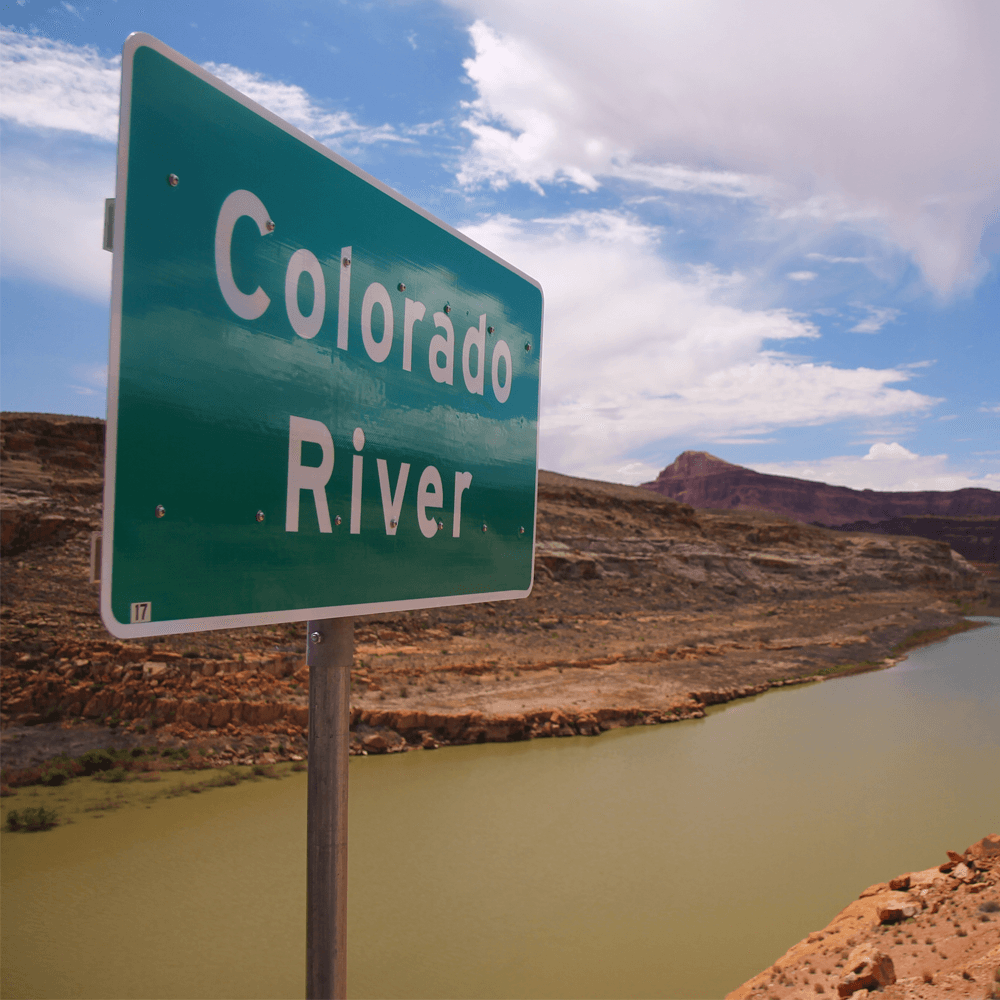AMWUA Blog
BY: AMWUA StaffStill no clarity regarding the future of the Colorado River

Last week, state and federal water leaders gathered to discuss the future of the Colorado River at the annual Colorado River Water Users conference in Las Vegas. After the conclusion of the event, it was clear to the attendees that no decisive path forward had been established, as the Lower and Upper Basin states are far from reaching a consensus on how the Colorado River should be managed after 2026, when the current operating guidelines are set to expire.
The three Lower Basin states—Arizona, California, and Nevada—have already taken significant cuts and are open to further reductions; however, to fully protect the Colorado River will require assistance from the Upper Basin states, especially during arid years. In contrast, the Upper Basin states—Colorado, New Mexico, Utah, and Wyoming—contend that they have consistently used far less water than the Lower Basin states and would struggle to support growth if they reduce their current usage.
The reality is that the Colorado River is not producing the same amount of water it did in the previous century. Instead of 15 million acre-feet of water each year, the river yields closer to 12 million acre-feet. This results from the river being overallocated, the climate of the Colorado River Basin becoming warmer and drier, and enduring a historic drought that has lasted 23 years - the worst in over 1,200 years. This means that time and hydrology are not on our side.
Even though the Colorado River System has seen improvements as a result of water savings from the historic investments to leave water behind in Lake Mead and infrastructure through the Bipartisan Infrastructure Law and Inflation Reduction Act, which includes agreements made by Arizona, Nevada, and California to jointly conserve at least 3 million acre-feet of water through 2026, Lake Powell is still only at 39% capacity, while Mead is about 33% full.
Water managers across the basin understand that the overall trajectory of the system must be addressed. Finding common ground is necessary to provide better certainty for the 40 million people who rely on the river, which requires collaborative actions from all seven basin states.
Uncertainty around the Colorado River is a challenge for all users of this vital resource, including the AMWUA cities. The unpredictability of how much Colorado River water the AMWUA municipalities can expect after 2026 is a challenge. While their water portfolios and reliability on the Colorado River may vary, each of the AMWUA cities continues preparing for a future with less Colorado River water. Their planning initiatives include investing in infrastructure, ramping up conservation programs, and pursuing water resiliency projects – all of which will strengthen our water security.
Earlier this year, five proposals were submitted to the Bureau of Reclamation for consideration, including one from the Lower Basin States – Arizona, California, and Nevada that reflected a new and more holistic approach to Colorado River management, in which required reductions are based on the health of all seven major system reservoirs. Additionally, proposals from the Upper Basin States , Tribes, Coalition of Conservation Groups , and a partnership of others focused on the ecosystem
In November, Reclamation released short descriptions of the five alternatives it plans to analyze further as part of the National Environmental Policy Act (NEPA) process for developing the post-2026 Colorado River guidelines. None of these alternatives matched those that were submitted to Reclamation. Instead, Reclamation selected different components of the alternatives and concepts it received and combined those together to form these five alternatives. The intention seems to be to provide a broad range of analysis for the Draft Environmental Impact Statement, which will not be published as initially expected by the end of the year.
For 55 years, the Arizona Municipal Water Users Association has worked to protect our member cities' ability to provide assured, safe, and sustainable water supplies to their communities. For more water information, visit www.amwua.org .
